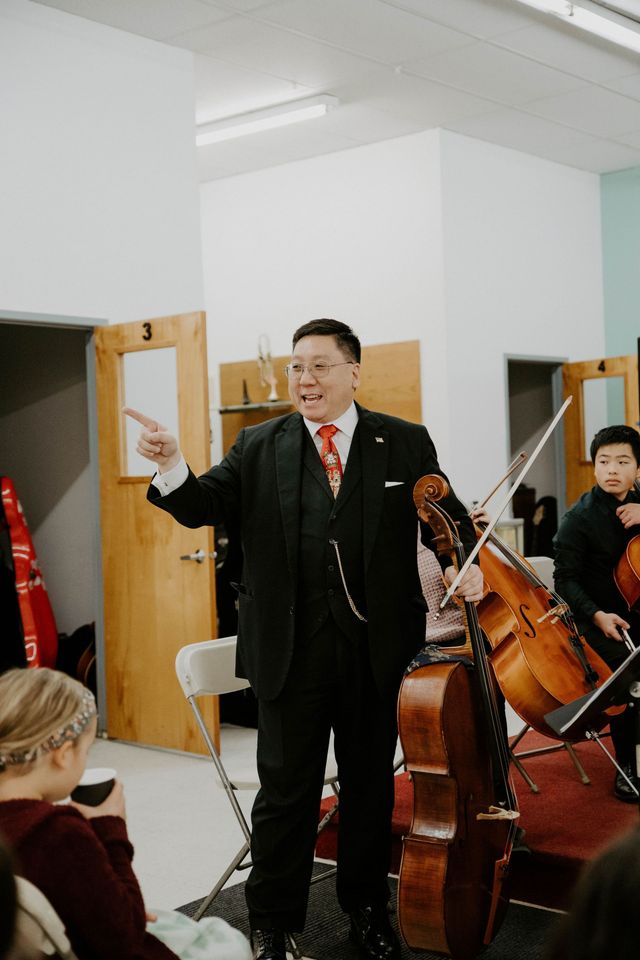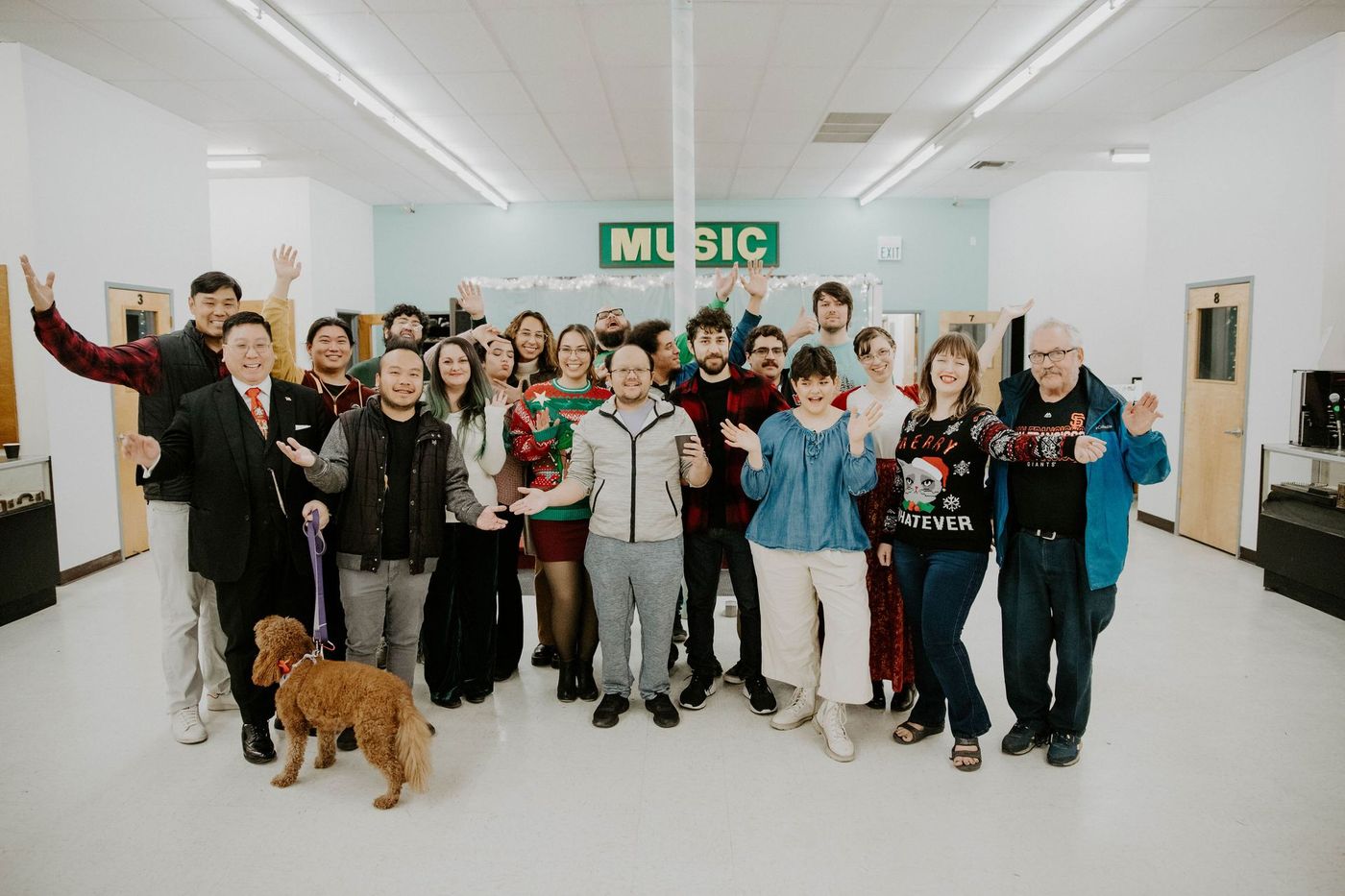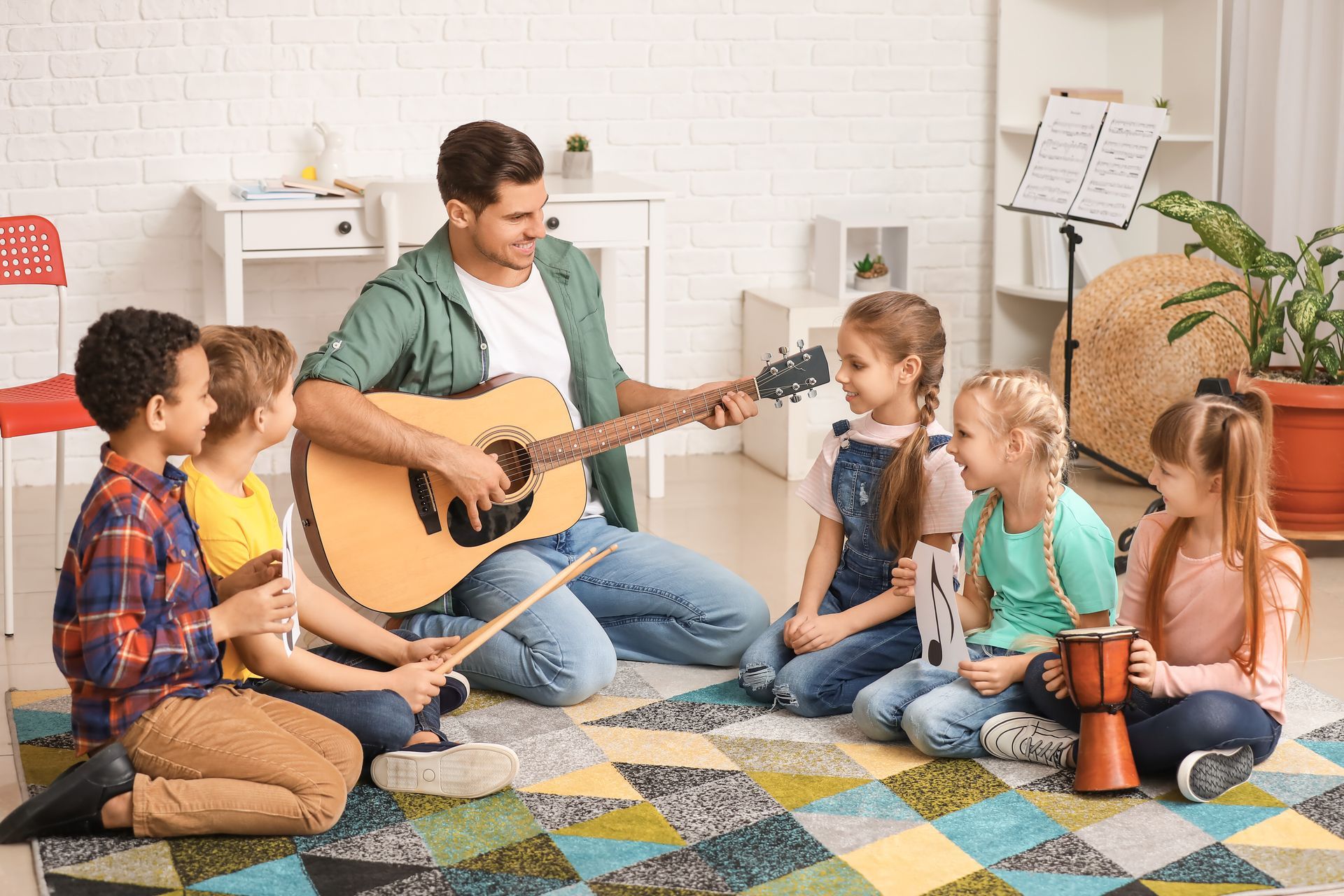By Peter Thao
•
November 12, 2024
Music education is a vital component of a well-rounded curriculum, offering students the opportunity to explore various genres and styles of music. From classical to hip hop to rock, music teachers play a crucial role in introducing students to a diverse range of musical expressions. In this article, we will delve into the importance of music education, the different genres included in music education, and how music teachers can incorporate these genres into their curriculum to inspire and engage their students. Join us on this musical journey! What Is Music Education? Music Education encompasses the teaching and learning of music, nurturing students' musical talents, exploring auditory areas of the brain, and integrating music into the educational system. By providing structured guidance and opportunities for students to understand music theory, technique, and expression, Music Education acts as a foundation for developing their musical abilities. It plays a crucial role in fostering creativity, discipline, and emotional intelligence within learners. Through engaging auditory regions of the brain, music education enhances cognitive function and memory retention, contributing to overall academic performance. Why Is Music Education Important? Music Education holds significant importance in shaping students' creativity, cognitive development, and emotional expression, fostering their musical talents within the educational system. Through structured music programs, students are provided with a platform to explore a wide array of musical genres, instruments, and styles, nurturing their artistic abilities and honing their skills. Music education not only enhances their auditory perception and sense of rhythm but also improves their ability to collaborate and communicate effectively through group performances and ensemble playing. Developing a strong foundation in music from an early age lays the groundwork for advanced musical understanding and proficiency in the long run, leading to improved critical thinking, problem-solving, and innovative capacities among students. What Are the Different Genres in Music Education? Music Education covers a diverse range of genres including Classical , Jazz, Popular, World, Folk, Electronic, Hip Hop, Rock, and Country music, offering students a broad spectrum of musical exploration. Classical music, characterized by its formal structure and rich history, originates from European traditions and often includes compositions by renowned composers like Beethoven and Mozart. Jazz, with its improvisational nature and syncopated rhythms, emerged from African American communities and has influenced a wide array of music genres. Popular music reflects contemporary trends and is typically associated with mainstream radio hits and current music culture. Classical Music Classical Music, with its rich history and complex compositions, serves as a cornerstone in music education, offering students an educational journey into the depths of musical talent and sophistication. Exploring Classical Music opens doors to a world where the likes of Ludwig van Beethoven, Wolfgang Amadeus Mozart, and Johann Sebastian Bach reign supreme. These iconic composers have left a lasting legacy through their timeless masterpieces, from symphonies to concertos, embracing various styles like Baroque, Classical, and Romantic. Dive into the intricate melodies, harmonies, and structures that define this genre, providing a solid foundation for aspiring musicians and enthusiasts to immerse themselves in the beauty of auditory artistry. Jazz Music Jazz Music, known for its improvisational flair and rhythmic intricacies, offers students a vibrant avenue for musical exploration and experimentation within the realms of music education. This genre encourages students to delve into the depths of creativity, pushing boundaries and embracing the unpredictability that comes with improvisation , a key element of jazz. Through the exploration of distinctive rhythms and complex harmonies, students can develop a deep appreciation for the art form and hone their skills in musical expression. Jazz music not only allows students to expand their musical abilities but also nurtures a sense of freedom and individuality, fostering an environment where students can truly express themselves through music. Popular Music Popular Music , encompassing a wide array of contemporary styles and trends, captivates students with its relevance and relatability, creating engaging lessons in music education. From the catchy melodies of pop tunes to the raw energy of rock anthems, Popular Music resonates with individuals on a personal level, reflecting their emotions and experiences. The fusion of various genres such as hip-hop, electronic, and folk music adds depth and richness to the musical landscape, offering a diverse sonic palette for students to explore. The cultural influences embedded within Popular Music provide a gateway for students to learn about different traditions, languages, and histories, fostering a deeper understanding of the interconnected world we live in. World Music World Music, representing the rich tapestry of global musical traditions and cultural diversity, introduces students to a harmonious blend of sounds and rhythms in music education. Through exploring world music , students not only discover new melodies and instruments but also gain insights into the cultural heritage and unique expressions of communities worldwide. From the vibrant beats of African drumming to the intricate melodies of Indian classical music, world music provides a window into the artistic landscapes of diverse populations. By looking into the rhythms of flamenco in Spain, the soulful chants of Native American tribes, or the energetic tunes of Brazilian samba, students develop a broader perspective on the universal language of music that transcends geographical boundaries and connects people through shared musical experiences. Folk Music Folk Music, rooted in traditional customs and storytelling, captivates students with its narrative essence and cultural significance, offering a glimpse into musical heritage within music education. The timeless melodies and rich lyrics of Folk Music allow students to connect with the past, bridging generations through the power of music. Through traditional instruments like the banjo, fiddle, and acoustic guitar, students can experience the authenticity of cultural expression that has been passed down for centuries. The themes of love, nature, and social issues prevalent in folk songs provide a window into the values and beliefs of different cultures, enriching students' understanding of diversity and history. Electronic Music Electronic Music, characterized by innovative sounds and digital creativity, sparks students' imaginations and technological interests, offering a modern avenue for musical expression in education. Through electronic music production software, aspiring musicians can experiment with diverse sound textures, intricate beats, and unconventional rhythms, pushing the boundaries of traditional music composition. The use of synthesizers, drum machines, and samplers allows students to craft intricate soundscapes, blending genres and creating their unique sonic identity. Electronic music workshops and classes provide students with hands-on experience in audio engineering, mixing, and mastering, fostering a deep understanding of sound manipulation and production techniques. Hip Hop Music Hip Hop Music, a vibrant expression of urban culture and social narratives, resonates with students through its rhythmic beats and lyrical storytelling, offering a contemporary lens on music in education. Rooted in the Bronx in the 1970s, Hip Hop Music quickly became a global phenomenon, influencing not just the music industry but also fashion, art, and social movements. This dynamic genre showcases the struggles and triumphs of marginalized communities, shedding light on societal issues often overlooked by mainstream media. Through hip hop music , students gain a deeper understanding of diverse perspectives and experiences, fostering empathy and cultural awareness in an ever-changing world. Rock Music Rock Music , with its electrifying energy and diverse subgenres, captivates students with its powerful melodies and rebellious spirit, offering a dynamic exploration of musical creativity in education. From the raw power of classic rock to the intricate arrangements of progressive rock, students are exposed to a wide range of musical styles that encourage them to think outside the box and push the boundaries of conventional music. Whether it's the soul-stirring vocals of blues rock or the distortion-laden riffs of hard rock, each subgenre brings its own unique flavor to the table, creating a rich tapestry of sonic experiences for young music enthusiasts. Country Music Country Music, renowned for its storytelling lyrics and heartfelt emotions, resonates with students through its narrative charm and cultural roots, offering a heartfelt journey in musical expression within education. Through the iconic twang of a steel guitar or the soulful crooning of a country ballad, students are transported into tales of love, loss, and resilience that are deeply ingrained in the fabric of American culture. Country Music serves as a window into the diverse landscapes and traditions of the American South, allowing students to explore the rich tapestry of narratives that reflect the human experience. By looking into the poignant lyrics and melodic rhythms of country songs, students not only enhance their musical prowess but also broaden their cultural horizons, fostering a deep appreciation for the art of storytelling through music. Musical Theater Musical Theater, blending music, drama, and performance art, offers students a theatrical experience filled with songs, storytelling, and artistic expression, enriching their creative repertoire in music education. In the enchanting realm of Musical Theater, students are not only immersed in the magic of live performances but also challenged to synchronize acting, singing, and dancing seamlessly. This fusion of art forms not only sharpens their individual skills but also hones their collaborative abilities, as teamwork plays a crucial role in bringing a musical production to life. The impact of Musical Theater on students goes beyond the stage, nurturing their confidence, self-expression, and empathy by allowing them to step into diverse roles and engage with multifaceted characters. How Can Music Teachers Incorporate Different Genres into their Curriculum? Music teachers can enrich their curriculum by introducing students to diverse musical genres, encouraging exploration and experimentation, integrating genres into lesson plans, attending live performances, and collaborating with fellow music educators. Encouraging students to explore multiple musical styles not only broadens their musical horizons but also fosters creativity and a deeper appreciation for various cultural influences in music. By incorporating genres ranging from classical to jazz, from pop to world music, teachers can cater to diverse student interests and learning styles, making the classroom experience more engaging and relevant. Collaborating with other music teachers facilitates the exchange of innovative teaching methods, lesson ideas, and resources, creating a dynamic and supportive professional community. Introduce Students to Different Genres Music teachers can broaden students' musical horizons by introducing them to a diverse range of genres, nurturing their talents and encouraging exploratory musical experiences. Exposure to various musical genres not only expands a student's repertoire but also fosters creativity, adaptability, and critical listening skills. By looking into different types of music , students learn to appreciate the cultural and historical significance behind each genre. Exploration of genres like classical, jazz, rock, or world music can inspire students to infuse diverse elements into their own compositions, leading to a more well-rounded musical education. Embracing diverse music styles instills a sense of curiosity, openness, and a deeper connection to the universal language of music. Encourage Students to Explore and Experiment Music teachers can foster creativity in students by encouraging them to explore and experiment with different musical genres, allowing for self-discovery and the development of unique musical talents. By give the power toing students to delve into various musical styles, teachers open up a world of possibilities for them to find their own artistic voices. Through genre exploration , students can uncover hidden talents and refine their skills, paving the way for a deeper connection to music. Providing a platform for student experimentation not only boosts their confidence but also nurtures a sense of innovation and originality in their musical expressions. This approach enables young musicians to break free from conventions and embrace their individuality, fostering a culture of creativity and boundless exploration. Incorporate Different Genres into Lesson Plans Music teachers can enhance their lesson plans by incorporating a variety of musical genres, creating dynamic and engaging educational experiences that cater to diverse student interests and learning styles. By integrating a range of music genres such as jazz, classical, pop, and world music, educators can foster a deeper appreciation for different cultural traditions and musical expressions among their students. This approach not only keeps the learning environment fresh and exciting but also encourages creativity and open-mindedness. Incorporating diverse genres into lesson plans helps students connect with the material on a personal level, making the learning process more meaningful and enjoyable. Attend Concerts and Performances Music teachers can enrich their teaching practices by attending live concerts and performances, gaining inspiration, and fostering collaboration opportunities with fellow educators and students. Witnessing professional musicians perform live can provide music teachers with fresh perspectives on musical interpretation, technique, and stage presence. The energy and enthusiasm of a live concert can reignite their passion for music and spark new ideas for engaging lessons. Attending concerts can serve as a form of professional development for music educators, offering exposure to diverse musical genres, styles, and techniques. Interacting with colleagues at these events can facilitate the exchange of innovative teaching methods and strategies, ultimately enhancing the quality of music education programs. Collaborate with Other Music Teachers Collaboration among music educators fosters a supportive community where ideas, resources, and best practices can be shared, enhancing the educational experience for both teachers and students. By forming networks with fellow teachers, educators can tap into a treasure trove of knowledge and expertise, leading to enhanced teaching techniques and student engagement. Sharing innovative teaching methods and lesson plans can inspire creativity and experimentation, ultimately benefiting the entire educational institution. When teachers come together and collaborate, it creates a culture of continuous improvement, where feedback and insights are freely exchanged to elevate teaching standards across the board. By pooling educational resources , such as materials, worksheets, and technology tools, teachers can efficiently utilize these assets to enrich their teaching repertoire and optimize student learning outcomes.










